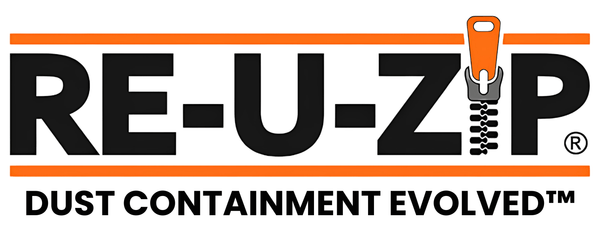The Chaos of Hospital Construction Projects
Share
In the bustling corridors of a hospital, where the rhythm of patient care is unyielding, the introduction of construction projects can feel like a disruptive storm. The clamor of hammers and drills blends into the soundscape, creating a backdrop of invisible stress that challenges even the most seasoned healthcare facility managers and construction specialists. As we navigate the complexities of healthcare construction, especially in 2025, the need for proactive strategies to mitigate stress becomes more imperative than ever.
Discover Innovative Solutions for Healthcare Construction
Hospital Renovation Challenges
Imagine a hospital where renovations are meticulously planned, minimizing disruptions that often plague such projects. Recognizing Hospital Renovation Challenges, such as maintaining patient safety and ensuring continuity of care, is the first step in crafting effective stress-reducing strategies. By foreseeing these hurdles, construction managers can implement measures that keep the project on track without compromising the hospital’s core functions.
Managing Stress in Healthcare Facilities
Consider a scenario where communication flows seamlessly between hospital staff, construction teams, and facility managers. This harmony is key to Managing Stress in Healthcare Facilities. Establishing clear communication channels reduces misunderstandings, fosters collaboration, and ensures everyone is aligned with the project’s goals.
Healthcare Construction Best Practices
Envision a construction site where best practices are the norm. By adhering to rigorous safety standards and employing innovative techniques tailored to healthcare settings, the stress associated with construction projects can be significantly reduced. These practices not only enhance efficiency but also ensure that the environment remains conducive to healing and care.
Learn More About Best Practices in Healthcare Construction
Addressing Invisible Stress in Hospitals
Often, the most significant stressors in a hospital during renovations are not immediately visible. Regular assessments of the construction’s impact on staff and patients help in addressing these invisible stressors before they escalate. By being proactive, facility managers can maintain a supportive environment even amidst the chaos of construction.
Ensuring Hospital Renovation Safety
Safety is paramount in any construction project, but even more so in a healthcare setting. By prioritizing Hospital Renovation Safety, construction managers can alleviate stress for all parties involved. Ensuring compliance with regulations and instituting preventive measures against accidents not only protects patients and staff but also maintains project momentum.
Strategic Healthcare Facility Management
A robust facility management plan anticipates potential stress points and addresses them before they become issues. Detailed scheduling, resource allocation, and contingency planning are crucial components of effective healthcare facility management. These strategies ensure that the project progresses smoothly, mitigating stress and maintaining the hospital’s operational integrity.
Emphasizing Stress Reduction in Medical Facilities
Integrating stress-reducing elements, such as noise reduction techniques and clear signage, can greatly enhance the hospital environment during renovations. These measures benefit both staff and patients, creating a more serene and navigable space amidst the construction.
Get Stress-Reducing Solutions for Your Facility
Training on Healthcare Construction Stress
Regular training sessions for construction teams on the unique stressors present in healthcare environments foster a more mindful approach to their work. By understanding the nuances of Healthcare Construction Stress, teams can adjust their practices to minimize disruption and enhance project outcomes.
Acknowledging the Renovation Impact on Hospital Staff
Acknowledging the renovation impact on hospital staff is vital. By involving them in the planning process and providing support systems, stress levels can be significantly mitigated. This participatory approach empowers staff, making them active contributors to solutions rather than passive observers of the construction process.
Continuous Monitoring for Stress Mitigation in Hospital Renovations
Finally, a proactive approach to mitigating stress involves continuous monitoring and feedback. By adapting strategies based on real-time feedback, construction managers can ensure that stress is managed effectively throughout the project lifecycle, transforming potential stressors into opportunities for innovation and excellence.
Conclusion: Achieving Renovation Success with RE-U-ZIP
In conclusion, the integration of these strategies not only mitigates stress but also positions healthcare facilities to achieve renovation success with minimal disruption. As we look to innovative solutions, RE-U-ZIP stands at the forefront, offering sustainable containment solutions that align with these stress-reducing techniques. Their reusable and eco-friendly barriers ensure clean, safe environments across industries, from healthcare to education, embodying their commitment to "Containing Dust, Protecting People" and fostering "Cleaner Workspaces, Healthier Environments."
By embracing these proactive approaches and leveraging the right tools, hospital administrators, healthcare facility managers, and construction managers can confidently navigate the intricacies of healthcare construction, ensuring both patient safety and project success. Explore More at RE-U-ZIP



